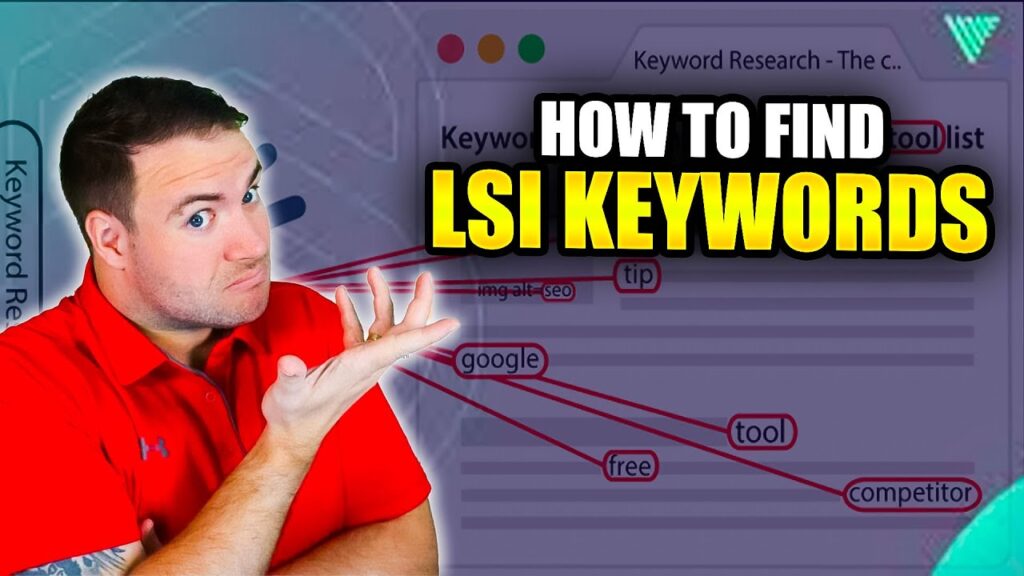As a digital marketing enthusiast, I often find myself lost in the maze of search engine optimization. Just the other day, while brainstorming for a client’s bathroom remodeling page, I stumbled upon the pivotal role of LSI keywords. It hit me - a simple element that can transform the effectiveness of content is often overlooked! Join me in uncovering how to find LSI keywords - let's make our content shine and have your business achieve first-page rank in the eyes of Google!
TL;DR: Discover the importance of LSI keywords and learn practical methods to uncover them for your digital marketing strategy to enhance SEO performance.
Table of Contents
Understanding Latent Semantic Indexing (LSI) Keywords
What Are LSI Keywords
Latent Semantic Indexing (LSI) keywords are those words or phrases that closely relate to a primary topic. Here's a quick example: imagine you're writing about bathroom remodeling. LSI keywords would include terms like tiles, vanities, and waterproofing. They add depth and context to your content, allowing search engines like Google to better understand what your page is about.
The Importance Of Semantically Related Terms In SEO
Why should we care about LSI keywords? Well, think of it this way: Google is always improving its ability to understand what content really means. If your page lacks these semantically related terms, it could send the wrong signals to search engines.
- More context leads to better rankings.
- Using LSI keywords helps with user intent.
- They create a richer reading experience.
In essence, incorporating LSI keywords is a way of showing Google that your content is relevant and comprehensive.
Examples Of LSI Keywords For Various Niches
Let’s break it down with a few niche examples:
- Fitness: Words like cardio, strength training, nutrition
- Travel: Keywords such as itinerary, hotel bookings, tourist attractions
- Cooking: Related words could be recipes, ingredients, kitchen appliances
These LSI keywords help create content that's not just focused but also informative and engaging. They add a layer of relevance that should draw the reader in.
How LSI Keywords Differ From Primary Keywords
Now, what’s the difference between primary keywords and LSI keywords? To put it simply:
- Primary keywords are your main target phrases. These are usually broader terms.
- LSI keywords dive deeper, providing additional background and specificity.
Using both effectively creates a well-rounded piece of content. When you sprinkle latent semantic indexing (LSI) keywords throughout your text, you make it easier for a search engine to notice connections. This is essential in driving organic traffic.
I hope this clarifies what LSI keywords are and their significance in SEO. It’s a fascinating aspect of digital marketing that can really enhance your content!
Why LSI Keywords Are Important For SEO
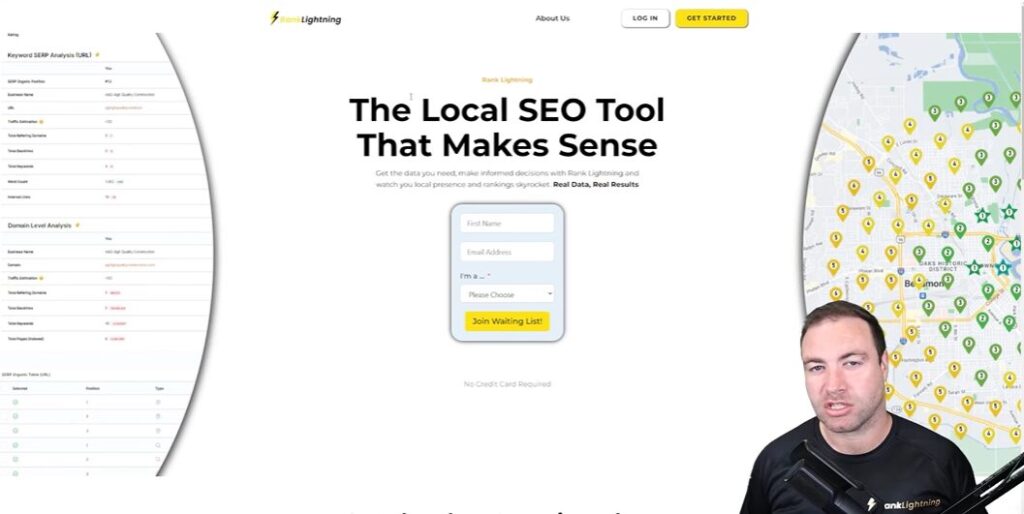
I want to dive into a topic that's vital for anyone looking for the best SEO practices - LSI keywords. But first, let’s simplify things a bit. What are LSI keywords? They are words and phrases that are semantically related to your main topic. For example, if we focus on "garden design," some relevant LSI keywords might be "landscaping," "flower beds," and "outdoor furniture."
1. The Role Of LSI Keywords
So, why are these keywords crucial for SEO? Think of LSI keywords as the seasoning in your dish. They add flavor and depth, making your content more attractive to both search engines and readers. Google, nowadays, is smart. It’s not just about stringing one word with another; it’s about context. If your content is void of these related terms, odds are, it’s likely missing the mark.
- Context and Relevance: LSI keywords help clarify what your article is about. They signal to search engines that your content covers the topic in a comprehensive manner.
- Improved Ranking Potential: Including LSI keywords can boost your chances of ranking higher in search results. It’s like widening your net when fishing - you’re bound to catch more!
- Enhanced User Experience: When readers find informative, relevant content, they stay longer, interact and that’s a signal to Google that your page deserves to rank better.
2. How To Find LSI Keywords
Learning how to find LSI keywords isn't as daunting as it may seem. Here are a few ways I often use:
- SEO Tools: Tools like Rank Lightning can help you generate a robust list of an LSIgraph. Just input your main keyword and BAM! You’ve got options.
- Google Search: Simply type your primary keyword into Google. Check the search results and analyze top-ranking pages for hints on LSI keywords.
- AI Tools: Services like ChatGPT can churn out a list of related keywords quickly. Though I would advise using them as a starting point, not the end solution.
Let’s face it: LSI keywords are your buddies in the SEO landscape. They make your content richer and way more appealing. If you’re not using them already, you should start incorporating them into your articles. After all, wouldn’t you want your work to shine on search engines after months of strategizing? Let’s get to work!
The Power Of Imagery In Keyword Discovery
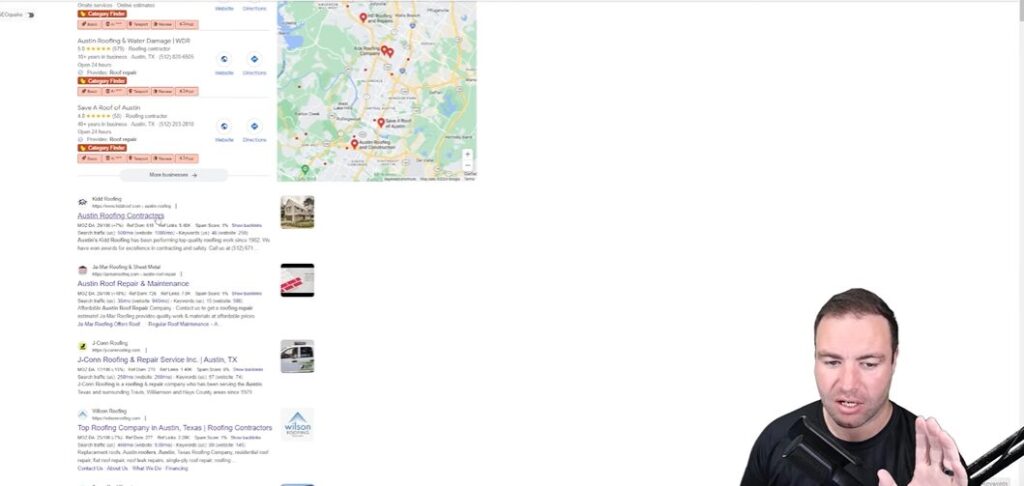
When I think about finding the right keywords, I often visualize. It’s an effective technique to discover what resonates with both businesses and customers. But how does this work? Let’s explore!
Using Visualization To Identify Keywords
The first step in utilizing imagery is visualization. Picture yourself in a specific context. For instance, if you're focusing on "outdoor furniture," what images come to mind? Decks, sun loungers, barbecues? By visualizing these elements, I can start forming a list of keywords that relate directly to my target topic. This technique is not just creative; it’s a strategic way to determine the best keyword for your content or website.
How Your Mind Connects Images To Relevant Terms
Our brains naturally associate images with words. Think about it: when I see a cozy living room, I immediately think of furniture, decor, and warmth. These associations become keywords, allowing us to craft content that resonates with what people are searching for. Have you ever noticed that your mind creates a story based on visuals? That’s the kind of link we want to create with keywords.
Examples Of Imagery Use In Specific Industries
- Real Estate: When viewing a property, potential buyers imagine life inside those walls - what terms describe that picture? Spacious, cozy, modern.
- Travel: The image of a beach can evoke words like relaxation, adventure, sunbathing. These keywords help in crafting enticing descriptions.
- Fashion: A runway show brings to mind keywords such as trendy, stylish, chic, or vibrant.
Each industry creates unique visions that lead to specific keywords. It’s all about painting the right picture!
Bridging The Gap Between Visuals And Keyword Lists
So, how do we bridge this gap? Once you have a list of keywords generated from your imagery, it’s time to refine and expand upon them. I often compile my imagery-based keywords into a spreadsheet. This way, I can categorize and analyze them. Think of it as creating a bridge from your imagination to your marketing strategy. Are all your visualized keywords included? Are you missing any key phrases?
Incorporating imagery can revolutionize your keyword discovery process. Try it out - visualize a topic and see where it takes you! Your next big optimization may just be a mental image away.
Tools To Discover LSI Keywords For Your Website
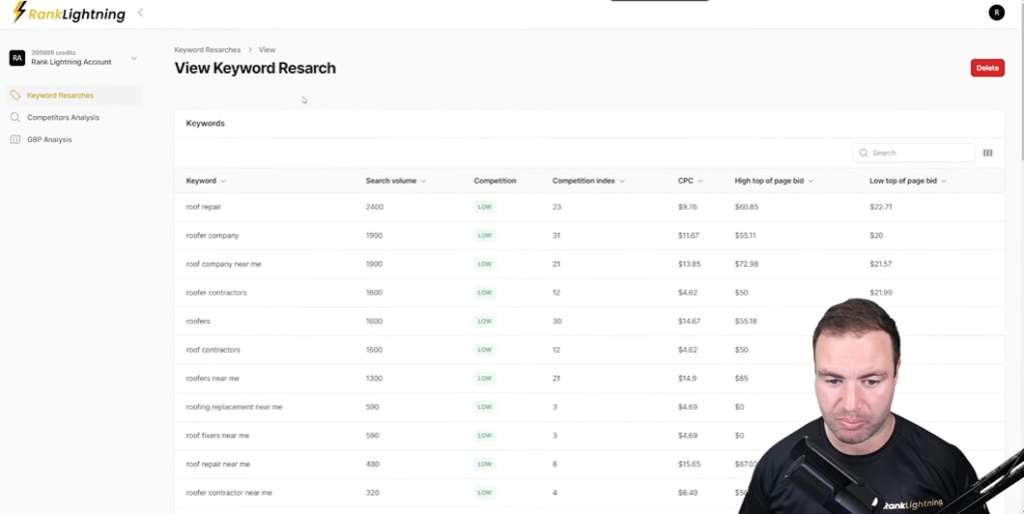
An Introduction To Rank Lightning
Let’s face it: finding LSI keywords can be a pain. But that’s where Rank Lightning comes in. It’s an SEO tool designed to simplify the keyword research process. Think of it as your digital flashlight in the dark world of keywords. You input your main keywords, and it lights the way to a cornucopia of related terms. I can’t stress enough how valuable this tool is as you prepare for its upcoming launch.
For those on the early sign-up list, there's an exciting discount coming your way! This is more than just a tool; it’s an investment in your online success. Trust me, being an early adopter will pay off.
Step-By-Step Guide To Using SEO Tools
So, how do we get started? Here’s a quick step-by-step guide:
- Choose Your Main Keyword: What’s your topic? Let's say it’s “roof repair.”
- Input into Rank Lightning: Enter your keyword and select a geographic location. This personalizes your results.
- Analyze the Results: Look at the generated list of LSI keywords. You’ll see terms like “roofing company” and “roof contractor.”
- Organize Your Keywords: Use notepad or CSV files to systematically track your findings and incorporate these keywords to your content.
It’s that simple! Soon, you'll find your content improve and ranking higher.
Exploring Google For Keyword Insights
Google is a fantastic yet free tool for keyword research. Just type your primary keyword into the search bar and review the results. I recommend choosing the top-ranking page. Why? Because Google ranks these pages for a reason - they are seen as relevant and authoritative. Using the SEO Quake browser extension can help identify the keyword density on that page.
By checking out the keyword and phrases that are frequently mentioned, I gather insights that let me know what Google values. This method is straightforward yet very effective.
Why Manual And Tool-Driven Methods Complement Each Other
Now, you might wonder, why not just rely on tools? There’s value in manual methods as well. I often combine both approaches. AI tools like ChatGPT can generate lists of LSI keywords quickly. However, I prefer doing it manually when I can. It helps me understand the nuanced language around my topic.
Each method complements the other. Tools provide efficiency; manual exploration offers depth. In the end, the mix leads to powerful LSI keyword strategies that elevate your SEO game.
With the right techniques and tools like Rank Lightning, you're well on your way to becoming a keyword wizard. It takes a bit of effort, but the results? They’ll be worth it!
The Role Of Contextual Relevance In SEO
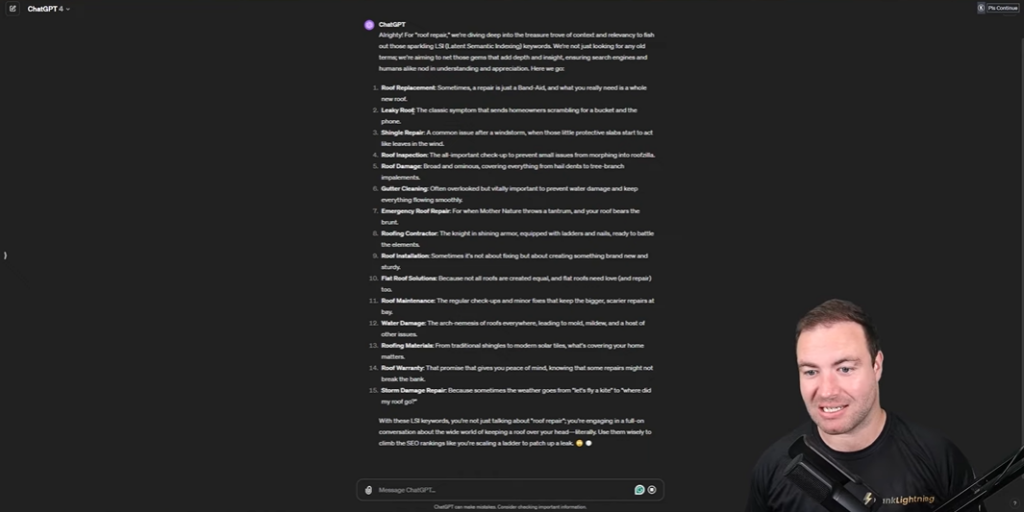
When looking through into SEO, we often hear about keywords, backlink building, and strategies. But there’s one vital aspect that shouldn’t be overlooked: contextual relevance. Why does Google value contextually relevant contents? Well, let’s explore this and see how it affects our SEO efforts.
Why Google Values Context In Content
Google has evolved significantly; it’s no longer just about matching keywords. Google aims to deliver the most relevant results to user queries. This means that if your content lacks context, Google may not recognize its relevance. Think about this: if you write about “bathroom remodeling” but don’t include related terms like tiles or sinks, you're missing the bigger picture. In this digital age, context is king!
Real-World Implications Of Using LSI Keywords
Let’s talk LSI keywords. These are phrases or words related to your primary topic. For instance, if your focus is on “home renovation,” words like “interior design,” “contractors,” and “paint color” could all be LSI keywords. The real-world implications of using them are numerous:
- Improved Search Rankings: By incorporating LSI keywords, you increase your chances of ranking higher in search results.
- Enhanced User Experience: Readers will find your content more relevant and helpful.
- Broader Audience Reach: A diverse set of related terms will help capture various search intents.
The Domino Effect: Traffic To Conversion
Imagine this: You implement LSI keywords effectively and your website traffic increases. More visitors mean more eyes on your content. But wait! This isn't just about traffic and topping search results. It’s about converting those visitors into leads, revenue, or sales. This is the domino effect of SEO. Higher search traffic can lead to higher conversions, if the right keywords and context are in place. I’ve seen it happen many times!
Best Practices To Implement LSI Keywords
So, how do we implement LSI keywords effectively? Here are some methods that I’ve found useful:
- Research Tools: Use tools like Rank Lightning or Ahrefs to discover related keywords.
- Google Searches: Look at Google’s suggestions and the “People also ask” section. This is a free method to look for the right keyword.
- Content Updates: Regularly update your content for SEO improvements. This keeps your information fresh.
- Natural Flow: Integrate LSI keywords naturally into your writing. Avoid keyword stuffing!
By following these best practices, I assure you will see significant improvements in your SEO efforts and you will surely rank higher in search results. Unlike PPC and paid ads, these SEO strategies may take longer but the results are worth it.
In the world of SEO, every keyword and context is a critical element that can't be ignored. It's about understanding the relationships between words and how they create relevance. Let’s remember that Google is looking for context to help users find the best content. This is not just a strategy; it’s a necessity in today’s digital landscape.
Taking Action: The Next Steps In Your SEO Journey
As we wrap up this journey into the world of SEO, let’s take a moment to reflect on the significance of learning how to find LSI keywords and combining it with your website's silo structure to form a good strategy. I can't stress enough how vital they are for creating well-optimized content and be on the first page of search results. If you think about it, these keywords form the backbone of search relevance. They help search engines better understand your website's context. When you weave in LSI keywords related to your main topic, like “bathroom remodeling” along with terms such as “tiles” or “vanities,” you create rich, engaging content or page. It's like painting a detailed picture rather than leaving it as a simple outline. Wouldn’t you want your audience to get the full image?
Engage With Tools For Keyword Discovery
Now, let’s talk about engaging with the right tools for keyword discovery. Tools like Rank Lightning can be game-changers. There are also free tools available such as Google Search. By simply entering your primary keywords, you can uncover a treasure trove of related terms. And trust me, the more keywords you gather, the better your chances of attracting traffic. When was the last time you thought outside the box to discover new ideas? It’s time to explore!
Measuring Success After Implementation
After you've integrated LSI keywords into your content, how do you check if your efforts paid off? It’s simple. You'll want to monitor your keyword rankings and traffic with tools like Google Analytics. Keep an eye on how your content performs based on the keywords. I often use a simple checklist: Are my rankings improving? Am I getting more clicks? Am I seeing increased engagement? These factors are your signposts on the road to success.
Final Thoughts On SEO Best Practices
In closing, remember that SEO isn’t just a one-off project; it’s a continuous effort. Stay updated with the latest trends and best practices, and don't shy away from experimenting. Organize your SEO planner to get optimal results. The landscape of SEO is dynamic, and adapting to changes is key. Incorporating LSI keywords can dramatically boost your visibility. So, as you embark on your SEO journey, think of these words: analyze, adapt, and apply. Your dedication to these practices will set you apart in the bustling digital marketplace and eventually make more money.
Remember, we are all in this together, sharing tips and strategies to thrive. I can’t wait to hear about your successes. Together, let’s continue learning and growing in the fascinating world of SEO!
